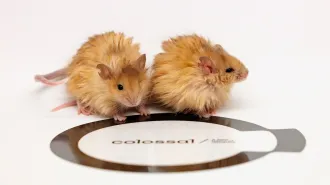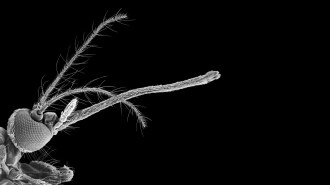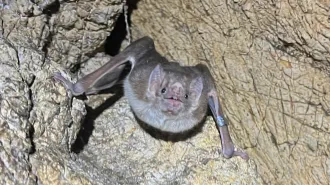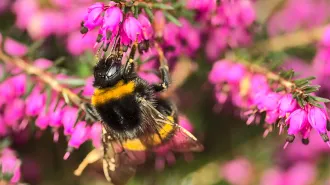Hummingbird may get promoted
Not just a subspecies: A flashy, squeaky bird should become its own species, ornithologists argue
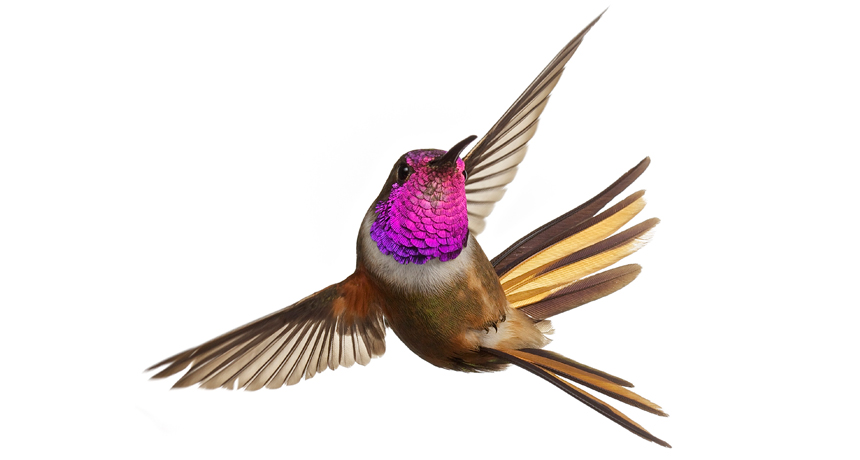
ON ITS OWN The Inaguan lyretail, a kind of bee hummingbird demoted to subspecies decades ago, might be reinstated as a species in its own right.
Anand Varma/www.varmaphoto.com


